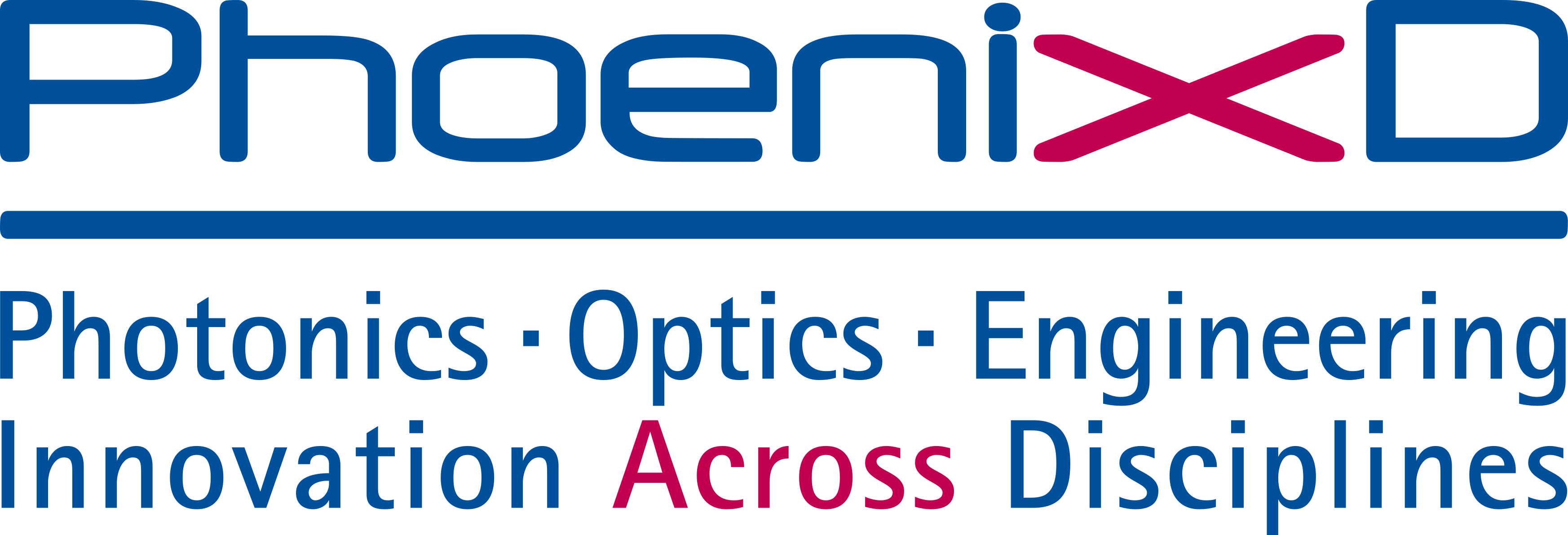Transient acceleration events in LISA Pathfinder data
Properties and possible physical origin
- authored by
- LISA Pathfinder Collaboration , M. Armano, H. Audley, J. Baird, P. Binetruy, M. Born, D. Bortoluzzi, E. Castelli, A. Cavalleri, A. Cesarini, V. Chiavegato, A. M. Cruise, D. Dal Bosco, K. Danzmann, M. De Deus Silva, I. Diepholz, G. Dixon, R. Dolesi, L. Ferraioli, V. Ferroni, E. D. Fitzsimons, M. Freschi, L. Gesa, D. Giardini, F. Gibert, R. Giusteri, C. Grimani, J. Grzymisch, I. Harrison, M. S. Hartig, G. Heinzel, M. Hewitson, D. Hollington, D. Hoyland, M. Hueller, H. Inchauspé, O. Jennrich, P. Jetzer, B. Johlander, N. Karnesis, B. Kaune, N. Korsakova, C. J. Killow, J. A. Lobo, J. P. López-Zaragoza, R. Maarschalkerweerd, D. Mance, V. Martín, L. Martin-Polo, F. Martin-Porqueras, S. Paczkowski, Jens Reiche, Gudrun Wanner, L. Wissel, A. Wittchen
- Abstract
We present an in depth analysis of the transient events, or glitches, detected at a rate of about one per day in the differential acceleration data of LISA Pathfinder. We show that these glitches fall in two rather distinct categories: fast transients in the interferometric motion readout on one side, and true force transient events on the other. The former are fast and rare in ordinary conditions. The second may last from seconds to hours and constitute the majority of the glitches. We present an analysis of the physical and statistical properties of both categories, including a cross-analysis with other time series like magnetic fields, temperature, and other dynamical variables. Based on these analyses we discuss the possible sources of the force glitches and identify the most likely, among which the outgassing environment surrounding the test-masses stands out. We discuss the impact of these findings on the LISA design and operation, and some risk mitigation measures, including experimental studies that may be conducted on the ground, aimed at clarifying some of the questions left open by our analysis.
- Organisation(s)
-
Institute of Gravitation Physics
PhoenixD: Photonics, Optics, and Engineering - Innovation Across Disciplines
Institute of Quantum Optics
- External Organisation(s)
-
European Space Astronomy Centre
Université de Paris
Université Paris-Saclay
University of Trento
Istituto Nazionale di Fisica Nucleare (INFN)
NASA Goddard Space Flight Center (NASA-GSFC)
Fondazione Bruno Kessler
University of Urbino "Carlo Bo"
University of Birmingham
ETH Zurich
Royal Observatory
Autonomous University of Barcelona (UAB)
isardSAT
European Space Research and Technology Centre (ESTEC)
European Space Operation Center (ESOC)
Imperial College London
Heidelberg University
Universität Zürich (UZH)
Aristotle University of Thessaloniki (A.U.Th.)
University of Glasgow
Max Planck Institute for Gravitational Physics (Albert Einstein Institute)
- Type
- Article
- Journal
- Physical Review D
- Volume
- 106
- ISSN
- 2470-0010
- Publication date
- 15.09.2022
- Publication status
- Published
- Peer reviewed
- Yes
- ASJC Scopus subject areas
- Nuclear and High Energy Physics
- Electronic version(s)
-
https://doi.org/10.48550/arXiv.2205.11938 (Access:
Open)
https://doi.org/10.1103/PhysRevD.106.062001 (Access: Closed)


